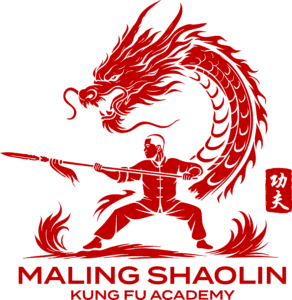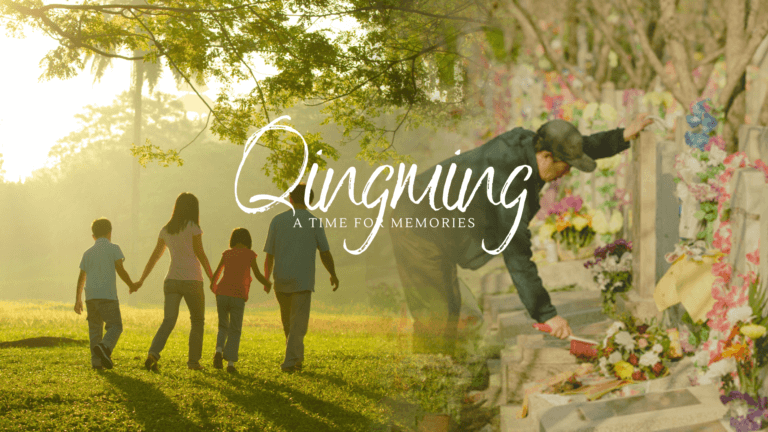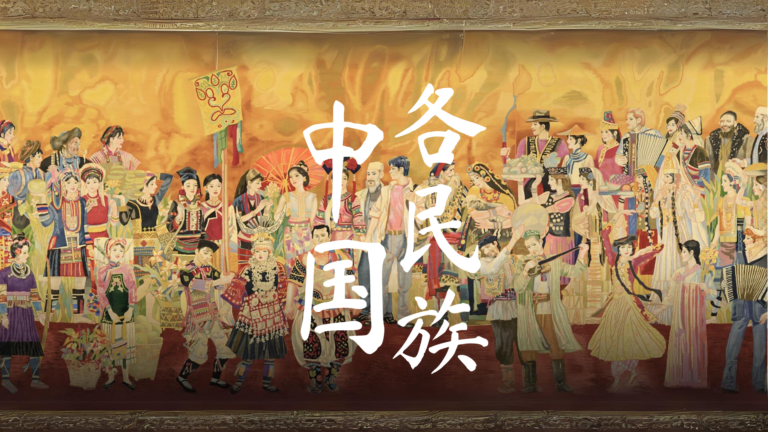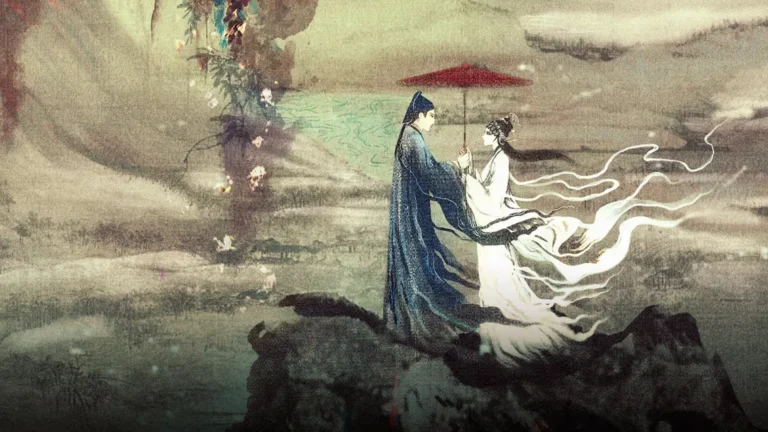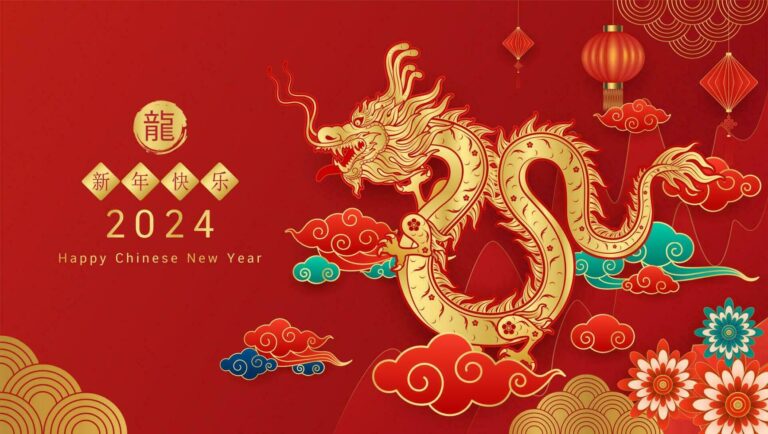Ethnicities of China: Part 2
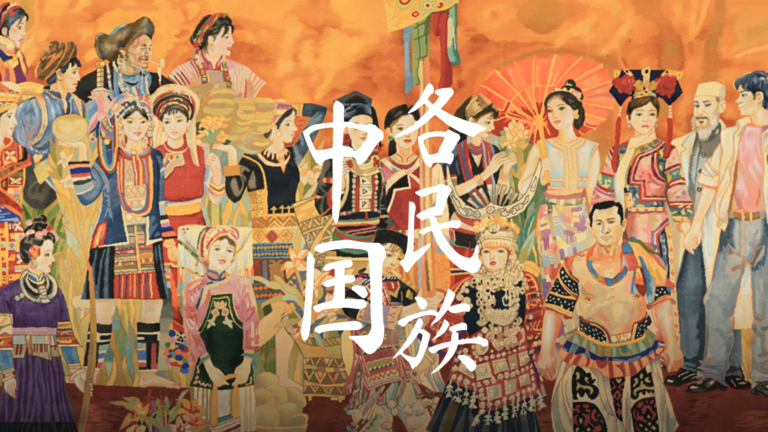
In the vast tapestry of China's cultural landscape, the Tibetan, Mongol, Manchu, and Miao ethnicities stand out as vibrant threads, each weaving a distinct story of heritage, tradition, and identity. Through centuries of history and cultural exchange, these four ethnic groups have left an indelible mark on China's rich mosaic of diversity. In this article, we embark on a journey to explore the historical significance, cultural nuances, and contemporary challenges faced by these fascinating ethnic communities.
